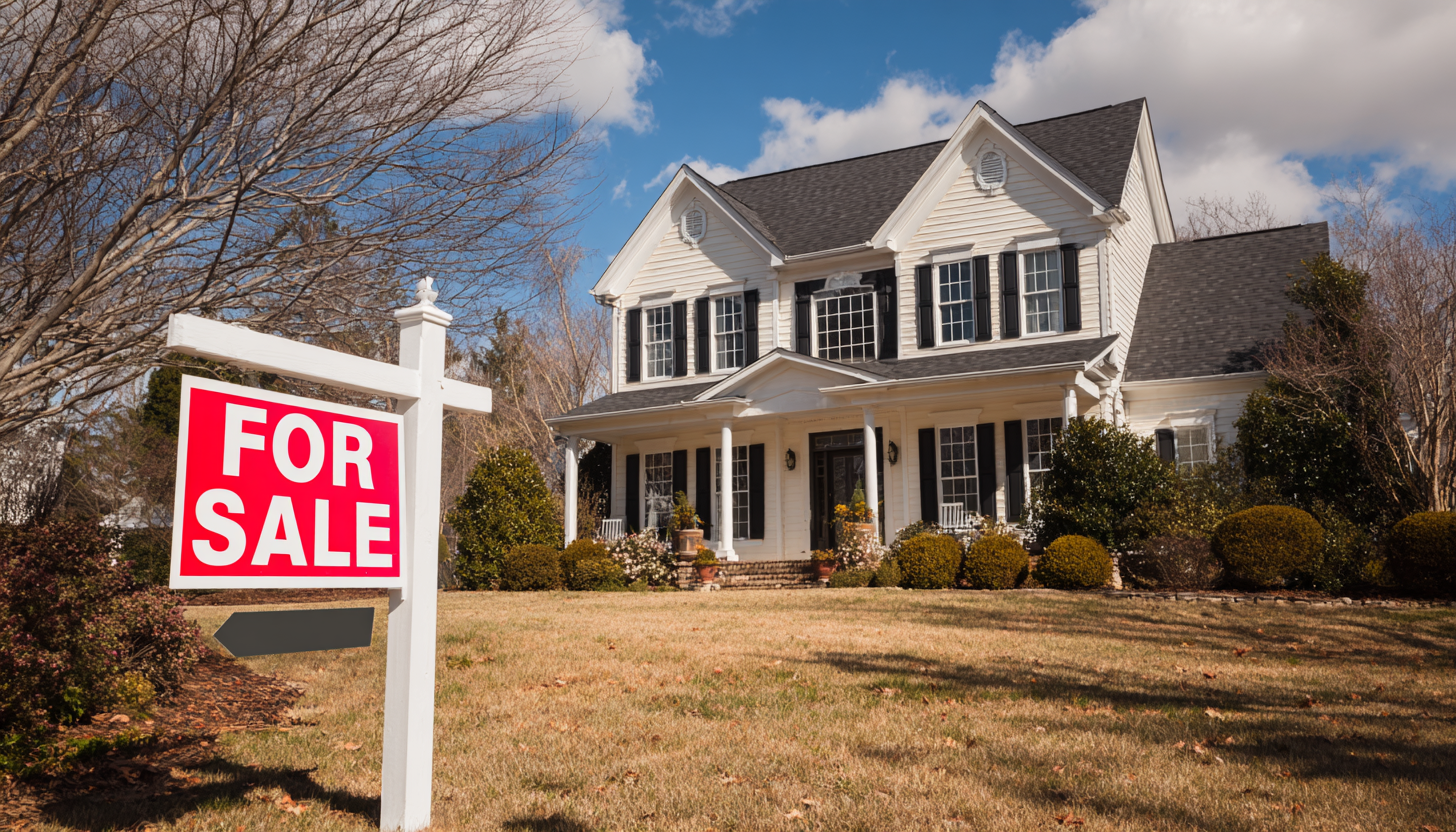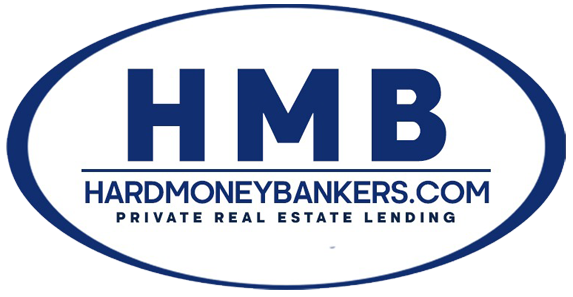Where Smart Money Goes: Maryland’s Top Fix-and-Flip Neighborhoods for 2025
I’ve analyzed thousands of deals across Maryland, and the numbers tell a compelling story. With median gross profits hitting $143,000 per flip in early 2025, Maryland ranks as the second most profitable state in the nation for fix-and-flip investors. To be clear, gross profit means the sale price minus your purchase price and renovation costs – but before deducting holding costs, loan interest, closing costs, agent commissions, and taxes. Your actual net profit will typically be 30-50% lower once you factor in these carrying costs. Here’s what separates successful investors from those who struggle: knowing EXACTLY where to invest and how to execute.
The market has shifted significantly. Days on market have crept up from 8 to 11 days statewide, while inventory remains painfully tight at just 1.6 to 2 months of supply. This creates a high-stakes environment where choosing the wrong neighborhood or overpaying by even 10% can turn a profitable project into a loss.
What’s Inside This Analysis:
- The Maryland Market Reality Check
- Canton: Baltimore’s Premier Urban Investment
- Hampden: Where Culture Meets Cash Flow
- Columbia: The Suburban Goldmine
- Frederick: The Rising Star Market
- Your Execution Playbook
The Maryland Market Reality Check
Let me share what the data actually shows about Maryland’s fix-and-flip landscape in 2025. Baltimore metro investors are seeing average gross ROI around 76%, placing it among the highest-performing large metros nationally. But this headline number masks crucial nuances that determine whether you’ll make money or lose your shirt.
The fundamental tension in today’s market comes down to this: home values continue climbing (up 3.3% to 3.9% year-over-year), but properties are taking longer to sell. This “DOM Creep” phenomenon means every extra day on the market eats directly into your profits through holding costs. If you’re paying 12% on a hard money loan, each additional month costs you 1% of your total borrowed/loan amount.
Maryland’s chronically low inventory creates intense competition for deals. With only 1.6 to 2 months of supply versus the 6 months considered balanced, you’re competing against owner-occupants, other investors, and institutional buyers for every viable property. This environment demands discipline and strategic neighborhood selection.
If you need financing for your next flip, you can apply for a quick loan with no cost or obligation. We typically close in a few business days.
Canton: Baltimore’s Premier Urban Investment Zone
Canton represents what I consider the sweet spot for urban fix-and-flip projects. The numbers speak clearly: median home values sit around $388,000, with distressed properties typically available between $225,000 and $300,000. After proper renovation, these properties tend to command $380,000 to $525,000, sometimes more for premium finishes.
What makes Canton particularly attractive is the 7.9% year-over-year appreciation in listing prices combined with faster absorption rates. Properties here typically move in 28 to 32 days, compared to Baltimore City’s average of 40 to 41 days. This average days on market difference directly impacts your carrying costs and overall profitability.
The real catalyst for Canton’s continued growth comes from major development projects already underway. The Shops at Canton Crossing expansion has brought national retailers like Target and Nordstrom Rack, fundamentally transforming the neighborhood’s commercial landscape. The planned redevelopment of the Canton Middle School site at 801 S. Highland Avenue will remove a significant blighted property and inject new residential and commercial activity into the area.
Canton Investment Model (Conservative Estimate)
Let’s walk through realistic numbers for a Canton flip. Purchase a distressed rowhome for $200,000. Budget $225,000 for renovation (these old Baltimore rowhomes often need extensive work at $150+ per square foot). Your total investment reaches $425,000. With an ARV of $525,000, you’re looking at a gross profit around $100,000, which translates to roughly 10% to 20% ROI depending on how you calculate it.
Hampden: Where Culture Meets Cash Flow
Hampden has transformed from a working-class mill town into one of Baltimore’s most sought-after neighborhoods. The investment opportunity here centers on properties priced between $215,000 and $275,000 that, after renovation, typically achieve ARVs between $350,000 and $475,000.
The neighborhood’s appeal stems from its unique character centered around “The Avenue” (West 36th Street), where independent shops, galleries, and restaurants create a vibrant commercial corridor. This authenticity attracts young professionals and creatives who value walkability and neighborhood character over suburban amenities.
Market velocity in Hampden impresses me. Properties typically sell in 25 to 29 days, with well-priced renovations sometimes going under contract in as few as 5 days. This speed helps offset the higher carrying costs associated with hard money financing.
The commercial momentum continues building with new establishments like À Demain Cafe and The Duchess from the Foreman Wolf restaurant group. These aren’t random openings; they represent calculated bets by successful operators on Hampden’s continued ascension. When established restaurant groups invest in a neighborhood, it often signals sustained growth ahead.
Hampden Investment Model (Conservative Estimate)
Consider a typical Hampden deal: Purchase a fixer-upper duplex for $200,000. Invest $200,000 in renovations (figure $140+ per square foot for comprehensive work). Total investment: $400,000. With an ARV of $475,000, you’d see a gross profit around $75,000. The margins tend to be tighter here, but the market reliability and speed of sale often compensate.
Columbia: The Suburban Stability Play
Columbia operates on an entirely different investment thesis than Baltimore City neighborhoods. Here, you’re not chasing massive ROI percentages. Instead, you’re pursuing larger absolute dollar profits in a stable, predictable market.
The median home value in Columbia hovers around $518,000. While deep-discount properties are rare, dated homes in the $400,000 to $475,000 range regularly appear. After strategic renovation targeting family buyers, these properties often achieve ARVs between $550,000 and $750,000 or more.
Columbia’s market has normalized significantly, with median days on market increasing to 17 to 23 days from last year’s sub-week timeframe. This slowdown actually creates opportunities for patient investors who can negotiate more effectively on acquisitions.
What’s great about Columbia (in Howard County) is the massive public infrastructure investment underway. Howard County and Maryland are pouring millions into road improvements, including projects on Snowden River Parkway, Rogers Avenue, and the Bridge Columbia pedestrian pathway over US 29. These aren’t abstract benefits; they’re tangible improvements that directly enhance property values.
The target buyer in Columbia differs completely from urban markets. These are families prioritizing top-rated schools, safety, and suburban amenities. They want move-in-ready homes with modern kitchens, dedicated home office spaces, and family-friendly layouts.
Columbia Investment Model (Conservative Estimate)
A Columbia flip might look like this: Acquire a dated single-family home for $475,000. Invest $125,000 in mid-range renovations. Total investment: $600,000. With an ARV of $700,000, you’d capture a gross profit around $100,000. While the percentage return appears lower, the absolute dollar profit often exceeds urban deals. These areas lack inventory but are looking for an investor who can purchase the property quickly and will get rewarded for a quick flip. Construction costs can range much higher but most of these houses were only built in the 1970s and have good bones and just need modern upgrades.
Ready to fund your next project? We offer fix-and-flip loans with no appraisal requirements and funding for both purchase and rehab.
Frederick: The Rising Star Market
Frederick represents what I consider the best risk-adjusted opportunity in Maryland right now. The city combines relative affordability with strong growth catalysts, creating an environment where smart investors can capture outsized returns.
The median home value sits around $471,000, but viable flip opportunities exist between $270,000 and $400,000. After renovation, these properties typically achieve ARVs from $440,000 to over $600,000. While recent appreciation has been modest at 1.4%, the forward-looking indicators suggest acceleration ahead.
What excites me about Frederick is the convergence of multiple growth drivers. The planned downtown hotel and conference center, backed by state funding, will transform the city’s commercial core. The demolition and replacement of Lucas Village public housing with 248 new units represents exactly the kind of urban renewal that tends to lift surrounding property values.
Frederick’s economy continues diversifying into biotech, healthcare, and education, creating stable employment that attracts new residents. The city offers something increasingly rare: a genuine downtown with character at prices well below the D.C. suburbs.
Frederick Investment Model (Conservative Estimate)
Here’s a typical Frederick scenario: Purchase a foreclosure or dated property for $300,000. Budget $150,000 for renovations (roughly $100 per square foot, reflecting Frederick’s lower labor costs). Total investment: $450,000. With an ARV of $550,000, you’d realize a gross profit around $100,000, translating to roughly 12% to 20% ROI.
Your Execution Playbook for Maryland Flips
Success in Maryland’s fix-and-flip market demands more than just picking the right neighborhood. Let me share the operational strategies that separate profitable investors from those who fail.
Understanding Regional Cost Variations
Renovation costs vary dramatically across Maryland, and misunderstanding these differences will destroy your profits. In Baltimore City, gut renovations on pre-1950s rowhomes typically run $150 to $250 per square foot. You’re often dealing with structural brick repair, outdated electrical systems, and potential lead abatement.
Howard County commands premium pricing at $125 to $225 per square foot for mid-range remodels. Frederick County offers more reasonable costs, typically $100 to $175 per square foot for similar work. Never apply statewide averages to specific projects; budget based on local realities.
Navigating the Permit Process
All three major jurisdictions now offer online permit applications, but complexity varies significantly. Baltimore City projects in historic districts require CHAP approval, potentially adding months to your timeline. Howard County operates on clearly defined 2021 International Codes with predictable timelines. Frederick County maintains transparent fee schedules and generally efficient processing.
The contractor shortage across Maryland means the best crews book months in advance. Don’t search for contractors project by project. Instead, cultivate long-term relationships with reliable, licensed, and insured teams who understand your standards and timelines.

Strategic Recommendations for 2025
First, prioritize off-market deals. With inventory at historic lows, the best opportunities rarely hit the MLS. Build relationships with wholesalers, network with estate attorneys, and consider direct mail campaigns to distressed property owners.
Second, renovate specifically for your target buyer. Canton buyers want open concepts and rooftop decks. Columbia families need mudrooms and home offices. Generic renovations no longer command premium prices.
Third, factor rising days on market into every analysis. Budget for 90-180 days of holding costs minimum. If your deal doesn’t work with extended holding periods, walk away.
Finally, focus on neighborhoods with clear development catalysts. The Canton Middle School redevelopment and Frederick’s conference center aren’t abstract benefits. They’re concrete value drivers that provide downside protection for your investment.
The Bottom Line
Maryland’s fix-and-flip market in 2025 rewards investors who combine neighborhood knowledge with operational excellence. The days of buying anything and riding market appreciation to profits have ended. Success now requires discipline, proper capitalization, and strategic neighborhood selection.
Canton offers the highest ROI potential for investors comfortable with urban complexity. Hampden provides a balance of culture and appreciation in a rapidly gentrifying area. Columbia delivers stable, high-dollar profits in a predictable suburban environment. Frederick represents the best risk-adjusted opportunity with multiple growth catalysts converging.
If you’re ready to move forward with a fix-and-flip project in Maryland, we offer hard money loans specifically designed for real estate investors. No tax returns, no appraisals required.
The opportunity in Maryland is real, but only for investors who approach it with discipline, proper funding, and realistic expectations. Choose your neighborhood wisely, execute with precision, and always maintain enough capital reserves to weather unexpected challenges.
Disclaimer: This article is for informational and educational purposes only and should not be construed as investment advice. Real estate investing involves risk, including the potential loss of principal. Past performance does not guarantee future results. Market conditions can change rapidly, and all statistics cited are subject to change. Always conduct your own due diligence and consult with licensed professionals including real estate agents, attorneys, accountants, and financial advisors before making any investment decisions. The author and Hard Money Bankers are not responsible for any investment decisions made based on the information provided in this article.


